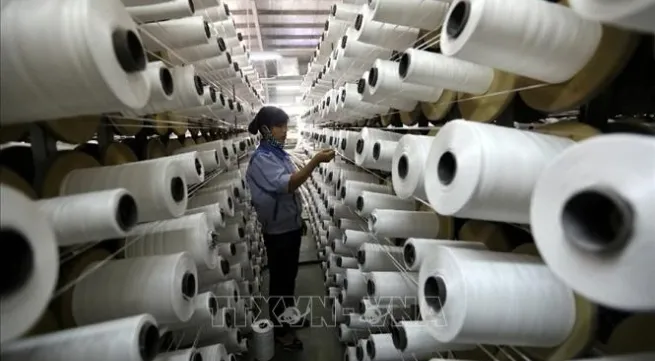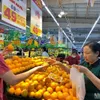PM’s trip expected to open up trade cooperation opportunities for Vietnam, RoK

According to the Ministry of Industry and Trade (MoIT), the export structures of Vietnam and the RoK in their trade ties are complementary with little direct competition. The East Asian nation is Vietnam's second-largest source of trade deficit after China. However, the deficit is considered to be positive, as it primarily involves the import of machinery, equipment, and raw materials for domestic production.
Statistics showed that the two countries’ trade volume reached 76.1 billion USD in 2023. The figure was estimated at 38.8 billion USD between January and June this year, an annual increase of 9.3%. Of the first-half amount, Vietnam's values of exports and imports stood at about 12.2 billion USD and 26.6 billion USD, up 9.9% and 9.1%, respectively.
Tran Thanh Hai, Deputy Director of the MoIT’s Agency of Foreign Trade, highlighted that FDI enterprises from the RoK contribute over 30% of Vietnam's total export turnover. Major Korean conglomerates such as Samsung, LG, Hyundai, Hanwha, Doosan, Posco, and SK have played a crucial role in the development of various Vietnamese localities, gradually helping Vietnam integrate deeper into the global value chain.
Furthermore, the RoK is one of the few countries to have signed both bilateral and multilateral free trade agreements with Vietnam. The two sides aim to achieve a bilateral trade target of 150 billion USD by 2030, addressing the trade imbalance and creating favourable conditions for the export of Vietnam’s strong products such as agro-fishery goods, seafood, and seasonal fruits to the Korean market.
Hai emphasised that Vietnam also regards the RoK as an important partner in its logistics service development strategy.
Lee Si-hyung, Director of the LEE & KIM Foundation, representing Zenith Group and other RoK businesses, noted that in the time to come, several Korean companies are looking to invest in Vietnam and seek partnerships with their Vietnamese counterparts in technology transfer, equipment supply, construction and related services.
Tags:





